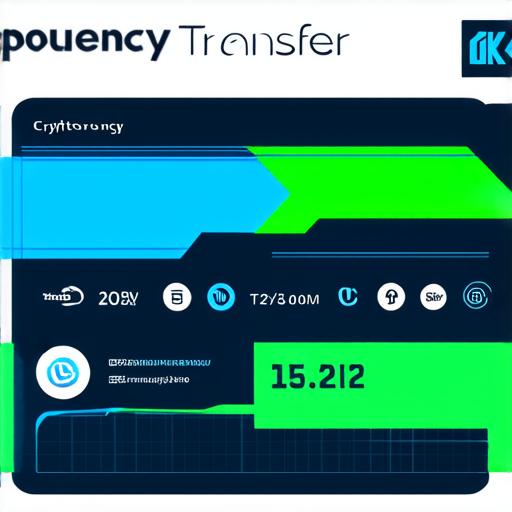As cryptocurrencies become more widely adopted and integrated into our daily lives, one of the most common questions crypto developers face is how long it takes to transfer funds from one wallet to another. In this comprehensive guide, we will explore the factors that affect transfer times, examine real-world examples, and provide actionable insights for optimizing your cryptocurrency transfers.
Introduction: The Importance of Transfer Times in Cryptocurrency
Transfer times are a critical aspect of cryptocurrency transactions, as they can significantly impact the user experience and determine the viability of a particular cryptocurrency network. Fast transfer speeds allow users to quickly and easily move funds between wallets, while slow transfer times can lead to frustration and dissuade users from adopting certain cryptocurrencies.
In addition to impacting the user experience, transfer times also play a role in the overall efficiency of a cryptocurrency network. For example, if a network has long transfer times, it may struggle to attract new users and businesses due to slow transaction processing speeds. On the other hand, networks with fast transfer times can quickly establish themselves as reliable and efficient platforms for cryptocurrency transactions.
Factors Affecting Transfer Times in Cryptocurrency
There are several key factors that can influence transfer times in cryptocurrency networks:
1. Network Congestion
Network congestion occurs when there is an overwhelming amount of traffic on a particular network, causing delays and slow transaction processing speeds. This can occur during peak usage periods or when there is a significant event driving increased adoption of a particular cryptocurrency.
In such cases, it may be necessary to wait for network conditions to improve before attempting to transfer funds.
2. Wallet Type and Location
The type of wallet used to store and manage cryptocurrencies can also impact transfer times. For example, some wallets may prioritize security over speed, leading to slower transaction processing times. Additionally, the location of the sender and recipient wallets can affect transfer speeds, as transactions between wallets in different geographic locations may take longer to process due to differences in network infrastructure.
3. Cryptocurrency Type
Different cryptocurrencies have varying transfer speeds, depending on their underlying blockchain technology and the consensus mechanism used to validate transactions. For example, Bitcoin, which uses a Proof of Work (PoW) consensus mechanism, can experience longer transfer times due to the high demand for network resources and the need to verify each transaction through complex mathematical calculations. In contrast, cryptocurrencies that use alternative consensus mechanisms, such as Ethereum’s Proof of Stake (PoS), may have faster transfer speeds due to reduced computational requirements and improved scalability.
4. Network Upgrades and Improvements
Cryptocurrency networks can undergo upgrades and improvements designed to optimize transfer times and improve the overall user experience. These upgrades may include changes to the underlying blockchain technology, improvements in network infrastructure, or the adoption of new consensus mechanisms. As these upgrades are implemented, users may notice improvements in transfer speeds and a smoother overall cryptocurrency transaction process.
Examples of Transfer Times in Cryptocurrency Networks

To better understand the factors affecting transfer times in cryptocurrency networks, let’s examine some real-world examples:
1. Bitcoin
Bitcoin is one of the most widely adopted and well-known cryptocurrencies, with a strong global community and a robust ecosystem of developers and users. Despite its popularity, Bitcoin can experience long transfer times due to its high demand for network resources and the computational requirements associated with its PoW consensus mechanism.
For example, during periods of high network congestion, such as when there is a significant event driving increased adoption of Bitcoin, transfer times can exceed several hours. In contrast, during periods of low network activity, transfer times may be as short as 10-20 minutes.
2. Ethereum
Ethereum is another popular cryptocurrency that has gained significant traction in recent years due to its versatile platform and a growing ecosystem of developers and users. Ethereum uses a PoS consensus mechanism, which can result in faster transfer times compared to Bitcoin’s PoW mechanism.
différence entre le français et l’anglais
